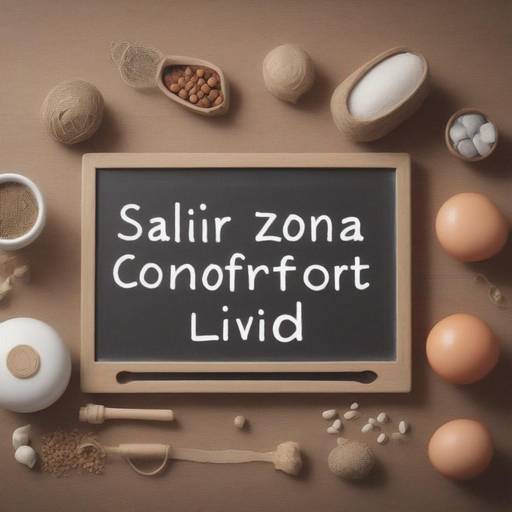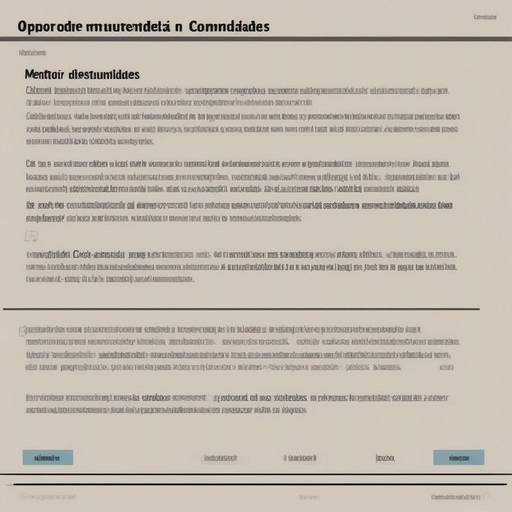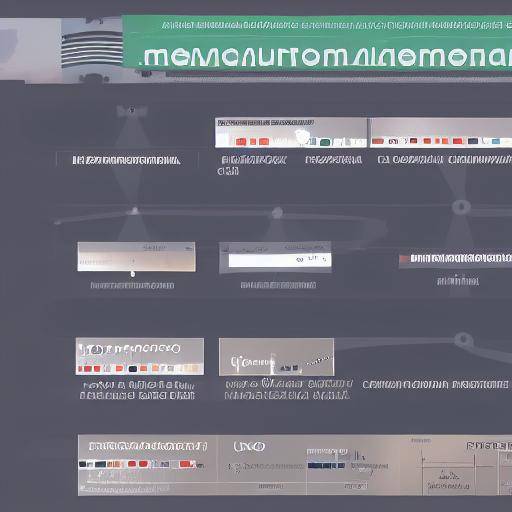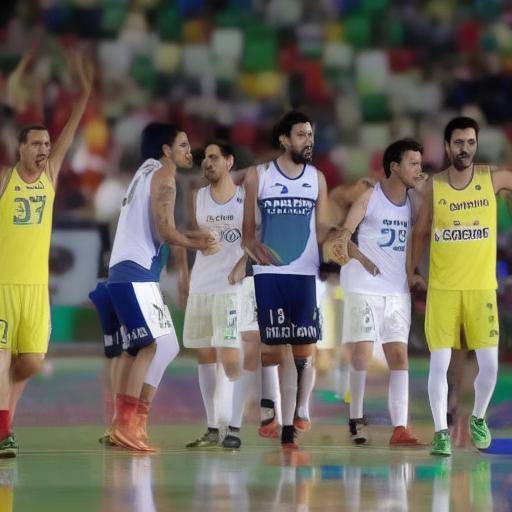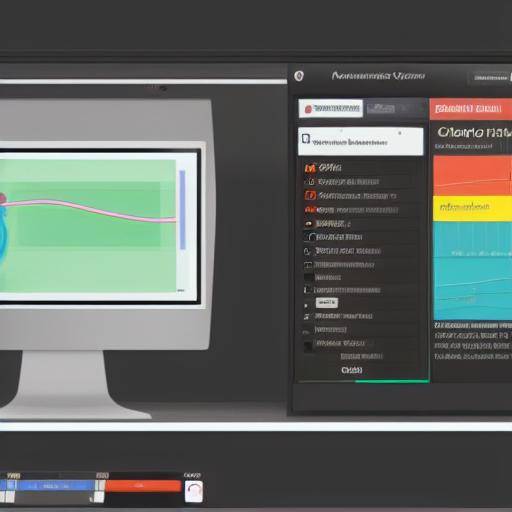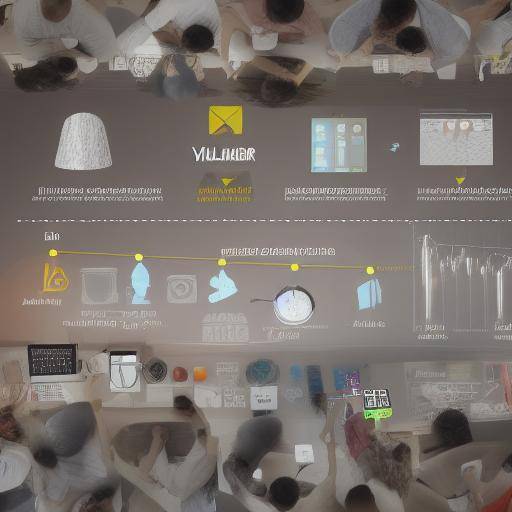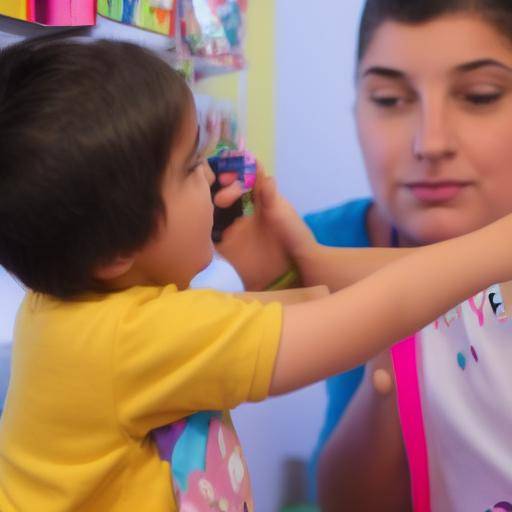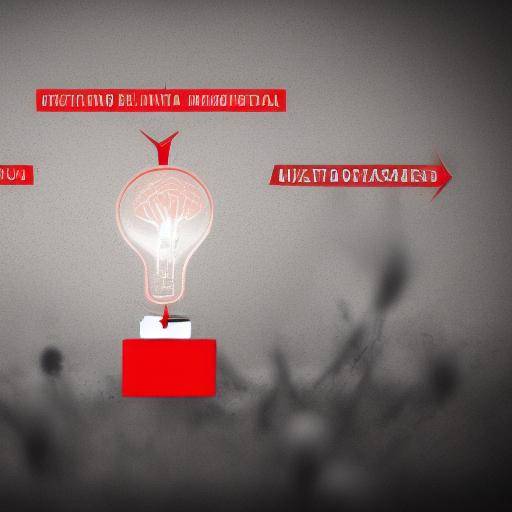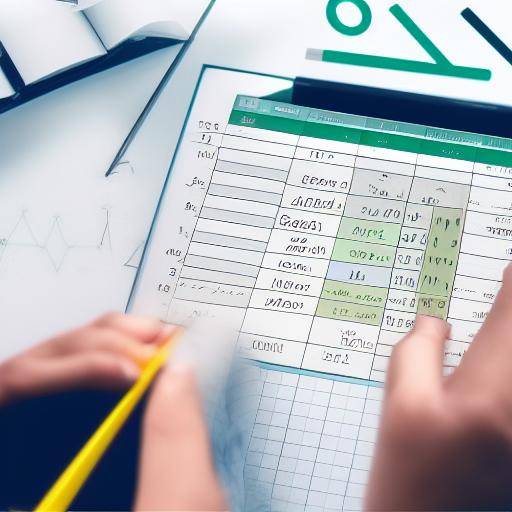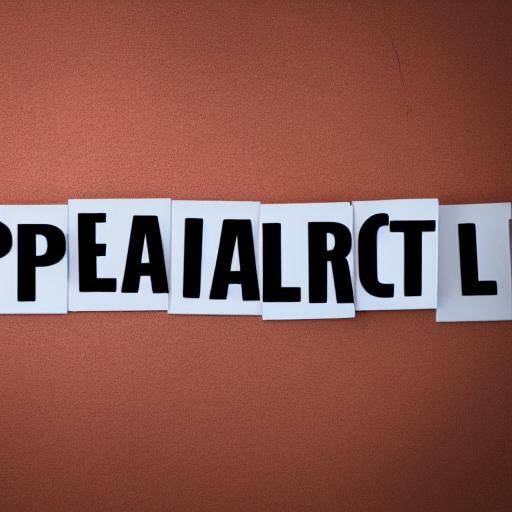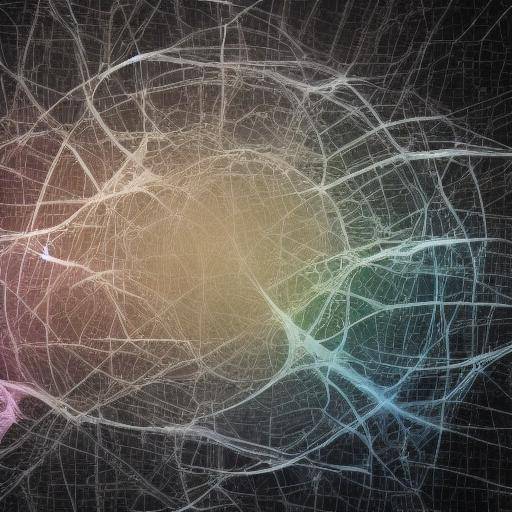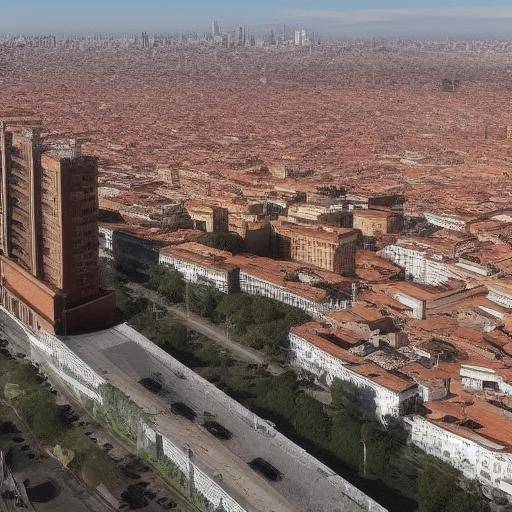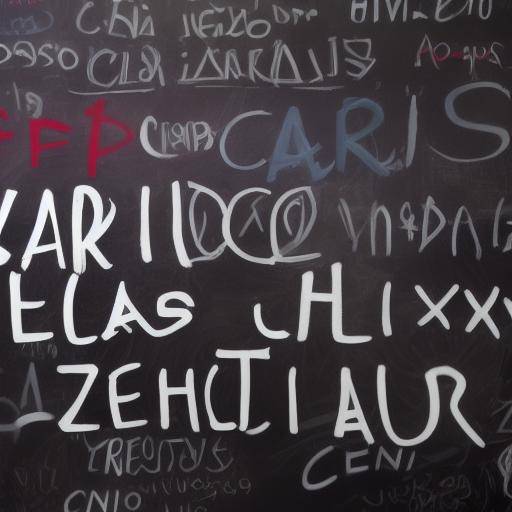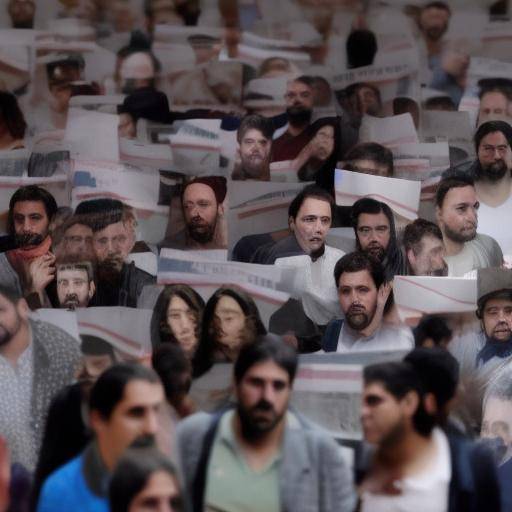
The practice of visualization is a powerful tool for personal growth and achieving goals. Learning to visualize effectively can open a world of possibilities and take a step closer to making our dreams come true. In this article, we will explore in detail what is the visualization practice, how it can influence the achievement of goals and personal growth, and provide practical advice to develop effective practice. In addition, we will address current trends and predictions for the future in this area. Prepare to discover how visualization can become a transformative tool in your life!
Introduction
Visualization, also known as creative visualization or guided imagination, is a mental technique that involves visualizing desired situations, experiences or results with the aim of manifesting them in reality. This practice not only involves forming mental images, but also involves all the senses and emotions to create a complete experience in the mind. Visualization is often used as a complementary tool to achieve goals, improve performance and promote emotional well-being.
History and Background
The practice of visualization has its roots in ancient spiritual and philosophical traditions, where visualization was regarded as a form of connection with higher forces or as a technique to materialize desires. However, the term "creative visibility" was popularized by the author and motivational speaker Shakti Gawain in the 1970s through his influential book "Creative Visualization".
Over the years, visualization has acquired popularity in various disciplines, including high-performance sport, psychology, personal coaching and business development. More and more, the positive impact that visualization can have on achieving goals and overall well-being has been recognized.
Detailed Analysis
Benefits of Visualization Practice
Effective visualization brings many benefits, both mentally and emotionally. By carefully imagining a desired result, the same brain circuits are activated and the same chemicals are released as if we were experiencing that situation in reality. This can strengthen trust, improve concentration, reduce anxiety and increase motivation to achieve our goals.
Challenges in Visualization Practice
While visualization can be a powerful tool, it is not without challenges. Some people may have difficulty visualizing in a vivid way or may experience internal resistance by imagining certain scenarios. Constant practice and overcoming limiting beliefs are essential to overcome these challenges.
Current trends in Visualization
Within the growing field of well-being and personal development, visualization has been consolidated as an increasingly used technique. In addition, in the field of sport, elite athletes and trainers have integrated visualization as an integral part of their mental preparation for optimal performance.
Comprehensive review
Practices and Tips
To develop an effective visualization practice, it is essential to create a quiet space and spend time daily to practice it. Some useful strategies include setting clear goals, using positive affirmations in conjunction with visualization, and cultivating a state of relaxation before beginning the practice.
Perspectives of Visualization Experts
Experts in related fields, such as psychology, coaching and neuroscience, have supported the effectiveness of visualization as a tool for personal change and achieving goals. Its contributions highlight the importance of combining visualization with concrete action and constant commitment to achieve significant results.
Comparative analysis
Visualization, Metas and Personal Growth
Effective visualization is an integral component of the process of achieving goals and personal development. While visualization focuses on the creation of vivid mental images, achieving goals involves setting concrete goals and developing an action plan to achieve them. On the other hand, personal growth encompasses a more holistic approach involving internal development, strengthening skills and personal evolution.
Practical Tips and Accessible Tips
Some practical tips for effective visualization include:
- Set clear and specific goals to visualize.
- Create a quiet and enabling environment for visualization.
- Use all the senses by imagining the desired scene.
- Use positive affirmations to reinforce visualization.
- Practice visualization in a consistent and committed way.
Ideas and Views of Industry Experts
We talked with various experts in the field of personal growth and personal transformation, and they shared valuable insights on the transformative role of visualization in achieving goals. His views highlight the importance of aligning visualization with personal values and the importance of maintaining an open and responsive mindset to change.
Case Studies and Real Life Applications
Through detailed case studies, we can see how individuals and organizations have used visualization to achieve significant goals. From athletes who visualize success in their competitions to entrepreneurs who imagine the growth of their businesses, practical examples illustrate the real impact of this practice.
Future Trends and Predictions
As interest in emotional well-being and personal growth continues to rise, visualization is expected to continue to play a significant role in these areas. In addition, with advances in technology, new tools and approaches may arise to facilitate the practice of visualization in innovative ways.
Conclusion
In short, the actual visualization practice can be an invaluable resource on the way to achieving goals and personal development. By integrating visualization into a holistic approach that encompasses clear objectives, strategic action and a positive mentality, it is possible to significantly enhance our ability to manifest our dreams and aspirations in reality.
Frequently asked questions
Is visualization suitable for all?
Yes, in general, visualization can benefit people of all ages and spheres of life. However, it is always important to adapt the practice to individual needs and preferences.
Why is it important to combine visualization with specific goals?
Visualization without concrete action can result in mere fantasies. By combining visualization with specific goals, a clear framework for progress and achievement driven by visualization is established.
Can I visualize situations that have never happened?
Yes, visualization can be used to imagine hypothetical scenarios, solve problems or mentally prepare for future situations.
How long should I devote to visualization practice?
There is no strict rule, but dedicating a few minutes a day to consistent visualization can generate significant results over time.
Can visualization help in stress management or anxiety?
Yes, visualization can serve as an effective tool to reduce stress and anxiety by promoting mental states of calm and well-being.
Is visualization the same as fantasy or imagination?
While they share similarities, visualization implies a more conscious and targeted approach, as it focuses on the deliberate creation of desired experiences.
With these answers, we hope to have clarified some common doubts about visualization, achievement of goals and personal growth.
Ultimately, the practice of effective visualization can guide us towards a more focused, inspired and directed life. By integrating this powerfully transformative technique into our daily routine, we can open the doors to new possibilities and turn our dreams into tangible achievements. Start today and discover the positive impact that visualization can have on your life!
With this article, we have covered in depth the visualization practice, its intersection with achieving goals and personal growth, as well as current and future trends in this field. We hope that this information has provided you with a clear and practical understanding of how to develop an effective visualization practice. May visualization be your ally in the creation of a bright future full of possibilities!




